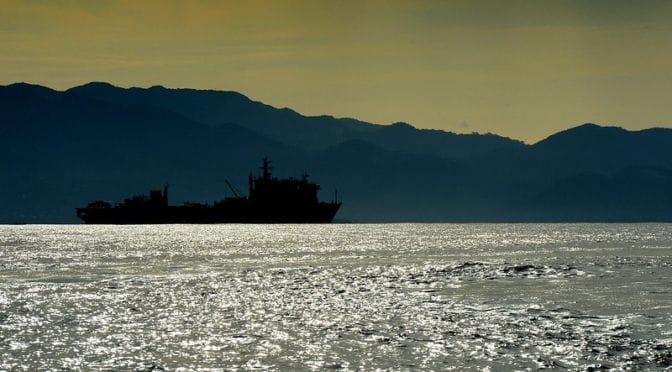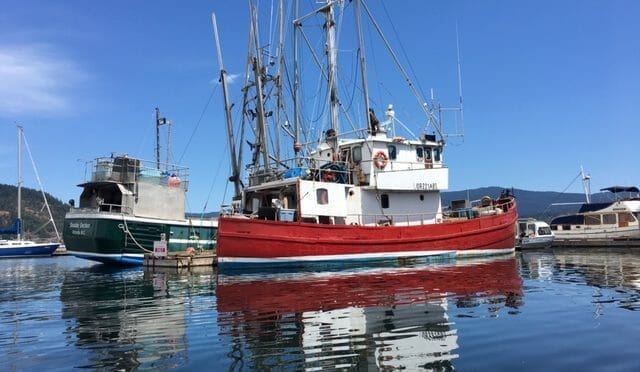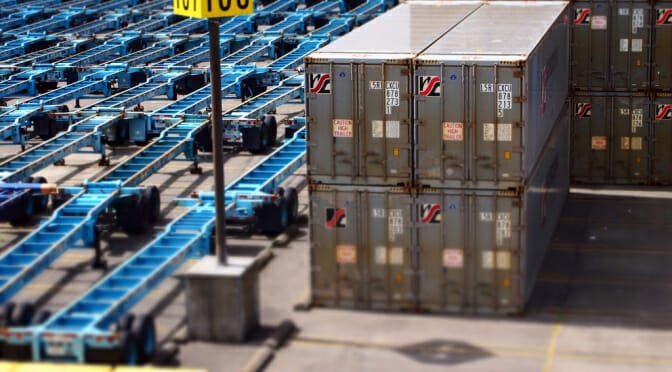The United States Coast Guard has issued a Marine Safety Information Bulletin (MSIB) concerning the Novel Coronavirus outbreak. Read the full Coast Guard bulletin, excerpted below, here.
This information is provided as notice of measures being taken to protect us from this virus. It is not intended to stoke fear or spur actions.
This Coronavirus is Different
An outbreak of respiratory illness caused by a novel coronavirus (2019-nCoV) may affect mariners and maritime commerce. 2019-nCoV was first detected in Wuhan, People’s Republic of China and has since spread globally (see https://go.usa.gov/xdbS9). There are several known coronaviruses that infect people, usually causing only mild respiratory symptoms similar to the common cold. However, 2019-nCoV appears capable of causing illness that is more serious. Signs and symptoms include fever, cough, and difficulty breathing.
Maritime Traffic Rules
- Per 42 CFR 71.21, vessels destined for a U.S. port are required to report to the CDC any sick or deceased crew/passengers during the 15 days prior to arrival at a U.S. port. Guidance to vessels on reporting deaths and illnesses to the CDC can be found here.
- The Coast Guard will continue to review all “Notice of Arrivals” in accordance with current policies and will communicate any concerns stemming from sick or deceased crew or passengers to their Coast Guard chain of command and the cognizant CDC quarantine station, who will coordinate with local health authorities.
- Passenger vessels or any vessel carrying passengers that have been to China (excluding Hong Kong and Macau) or embarked passengers who have been in China (excluding Hong Kong and Macau) within the last 14 days will be denied entry into the United States. If all passengers exceed 14 days since being in China (excluding Hong Kong and Macau) and are symptom free, the vessel will be permitted to enter the United States to conduct normal operations. These temporary measures are in place to safeguard the American public.
- Non-passenger commercial vessels that have been to China (excluding Hong Kong and Macau) or embarked crewmembers who have been in China (excluding Hong Kong and Macau) within the last 14 days, with no sick crewmembers, will be permitted to enter the U.S. and conduct normal operations, with restrictions. Crewmembers on these vessels will be required under COTP authority to remain aboard the vessel except to conduct specific activities directly related to vessel cargo or provisioning operations.
Prior Post: COVERAGE CROSSROADS – WHAT TYPE OF CLAIM DO YOU HAVE?





